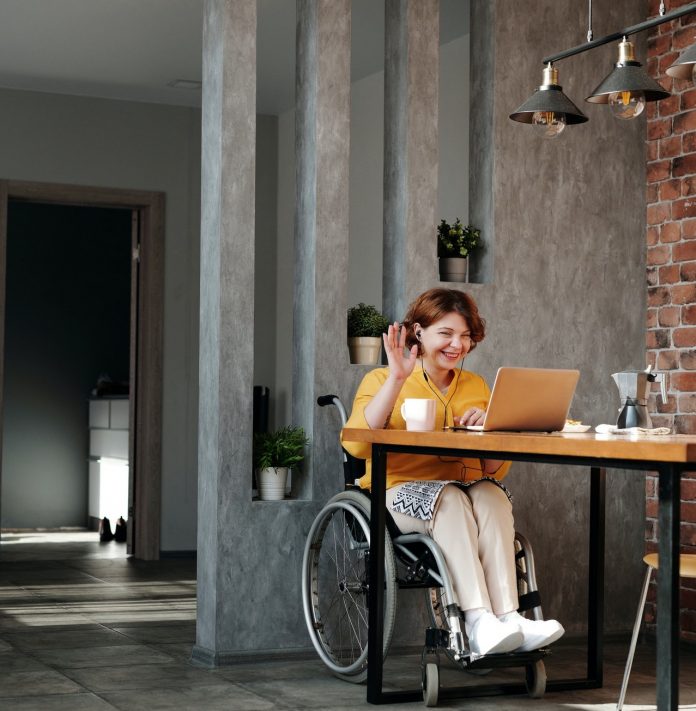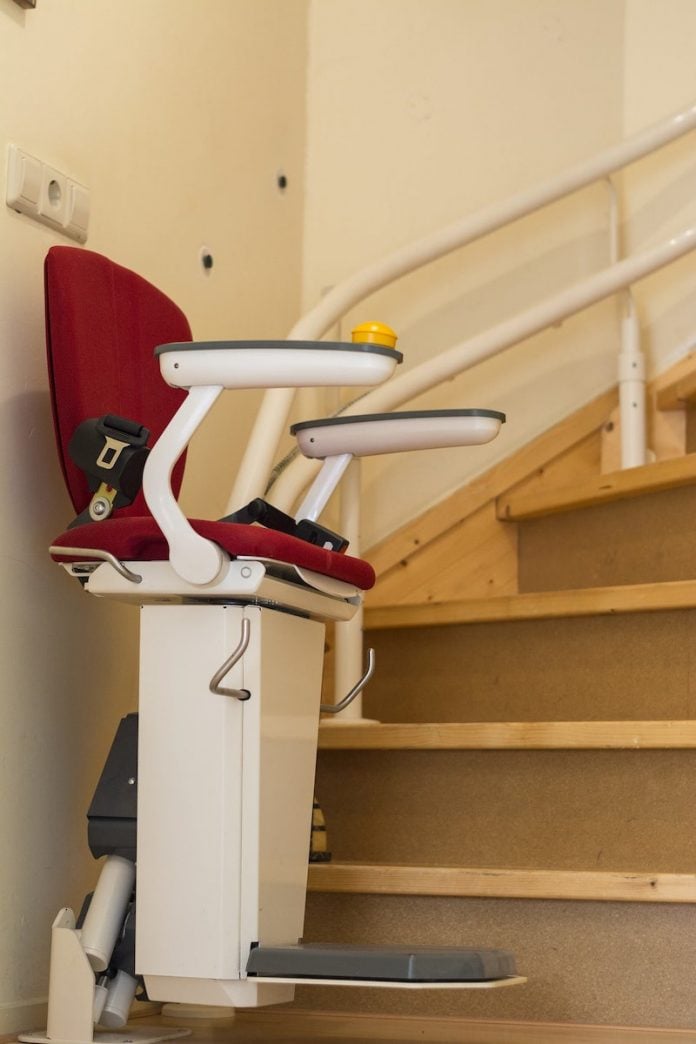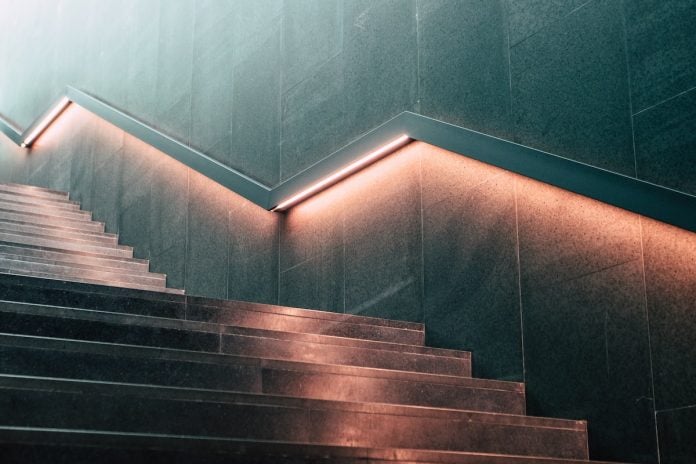The 5 Best Home Renovations for Disabled People
A home makeover can be daunting for anyone, but it can be significantly more difficult for persons with disabilities. When planning a home makeover for a disabled person, there are a few things to remember. The first step is to examine the individual’s needs. This will aid in determining the project’s scope. Then, to achieve the best results, consult with professionals. The following article is about the best home renovations for disabled people.
How to Renovate Your Home to Accommodate People With Disabilities
We’ll review everything you need to finish the ideal home makeover for people with impairments.
1. Stairlifts
If staircases are in your residence, they may become an issue for you and your beloved one in your retirement. They can also be a hassle if one of you loses motor functions due to age or an accident. Nevertheless, you may be hesitant to forego the advantages of owning that entire area of a two-story property.
Well, luckily for you, we come bearing good news. You don’t have to give up your home and relocate to one with only one floor. Instead, you can install stairlifts built into your home. A stair lift makes it easy to climb and descend.
According to popular opinion, stairlifts aren’t solely for folks who can’t walk. Instead, they’re designed for anyone with difficulty with the stairs and who feels like they’re falling behind.
If you have difficulty climbing steps, even going upstairs to use the restroom or getting something could be inconvenient. Using assistance such as a stairlift can restore your sense of autonomy and independence by whisking the stairs up and down without difficulty.
2. Flooring
Considering how obtrusive and costly putting in new flooring can be, it may not be a top priority for renovating. However, when it comes to home renovations for people with disabilities, the most crucial change is the flooring. The rationale behind this is to guarantee safety for all involved.
A smooth, level surface reduces the likelihood of trips and falls, which can result in significant injuries for anyone. But this is especially true for the elderly or those with mobility challenges or impairments. A likely option is to install vinyl or hardwood flooring in your home.
It is also critical to have suitable flooring to create ease of access. A ramp or lift can enable wheelchair users or individuals with mobility issues to have significant exposure to a home; however, if the surface inside of the house is not level or comfortable to maneuver around in it, it can contradict the purpose of using the slope, to begin with.
Aside from safety and accessibility, comfort is an essential issue for flooring in houses for disabled people. Soft flooring might provide comfort and noise reduction, which can be suitable for persons with sensory difficulties.
3. Lighting
Providing more illumination is a simple home renovation for the elderly and those with impairments. LED lights can aid you in seeing better and navigating your property more efficiently. You can install lights along corridors, door locks, handrails, and other essential areas on your property.
If you or a beloved one has a sight or mobility impairment, ensure you can operate the lights in the family room with minimal effort. Simple wall switches, dimmer routers, or clapper lights can make changing the illumination in your home effortless.
Ensure that the lighting in your home is motion activated, so you don’t have to be concerned about locating the prominent fixture before entering a darkened room. Smart lighting can transform the illumination of your space. Light switches might also have to be moved if required to be conveniently reachable from a seated posture.
Lighting may be used to make a disabled person’s surroundings more welcoming and enticing. Softer lighting, for example, might assist in minimizing glare from glossy surfaces, which can be problematic for those with unavoidable vision impairments.
4. Wide Doorways
Wheelchair users and others with mobility disabilities benefit from wider home doorways. As a result, they can help to reduce injuries by giving people more excellent room to maneuver around them and lowering the chance of tripping or falling.
Wide entrances can make moving furnishings and other large items between and within the home simpler. Finally, broad doorways can give the house a sensation of openness and spaciousness, which is especially beneficial for persons with claustrophobia or other anxiety problems.
Building Code Standards mandate a door entrance width of 75cm to 100cm, depending on your home’s age and the entryway’s proximity. You may need to enlarge your entrances if you use a wheelchair or a motorized strolling device to access your home. However, you can widen your home’s doorways when doing home renovation for people with disabilities.

5. Loud or Visual Alarms
Visual and audible alarms are frequently included in intelligent security systems. This is perfect for elders who may have hearing or vision problems. In addition, smart security systems are commonly operated remotely or by touch, making it easier for elders to modify settings.
Some deaf people with auditory processing may choose to deploy alarms with loud bangs to rouse them or draw their interest. At the same time, they are engaged in other activities. On the other hand, individuals who use assistive devices may wish to check the alarm before fixing it to ensure that the audio is not too loud or uncomfortable.
Finally, implementing loud or visual indicators can help to lessen the impaired person’s anxiety levels. They won’t have to be concerned about obsessively monitoring to see if everything is fine if they understand that there is an emergency alert system to warn them once something happens. This can alleviate their worry and permit them to concentrate on other issues.
Final Words
If you have an impairment, you understand that your house is your place of refuge. It’s a space where you can be yourself, unwind, and feel at ease. However, you may feel a little befuddled once you finally need to renovate.
After all, not all houses are made equal, and you want to ensure that your home is safe and freely accessible to you. That’s why we wrote this article and covered everything you’ll need to know to be worry-free.







